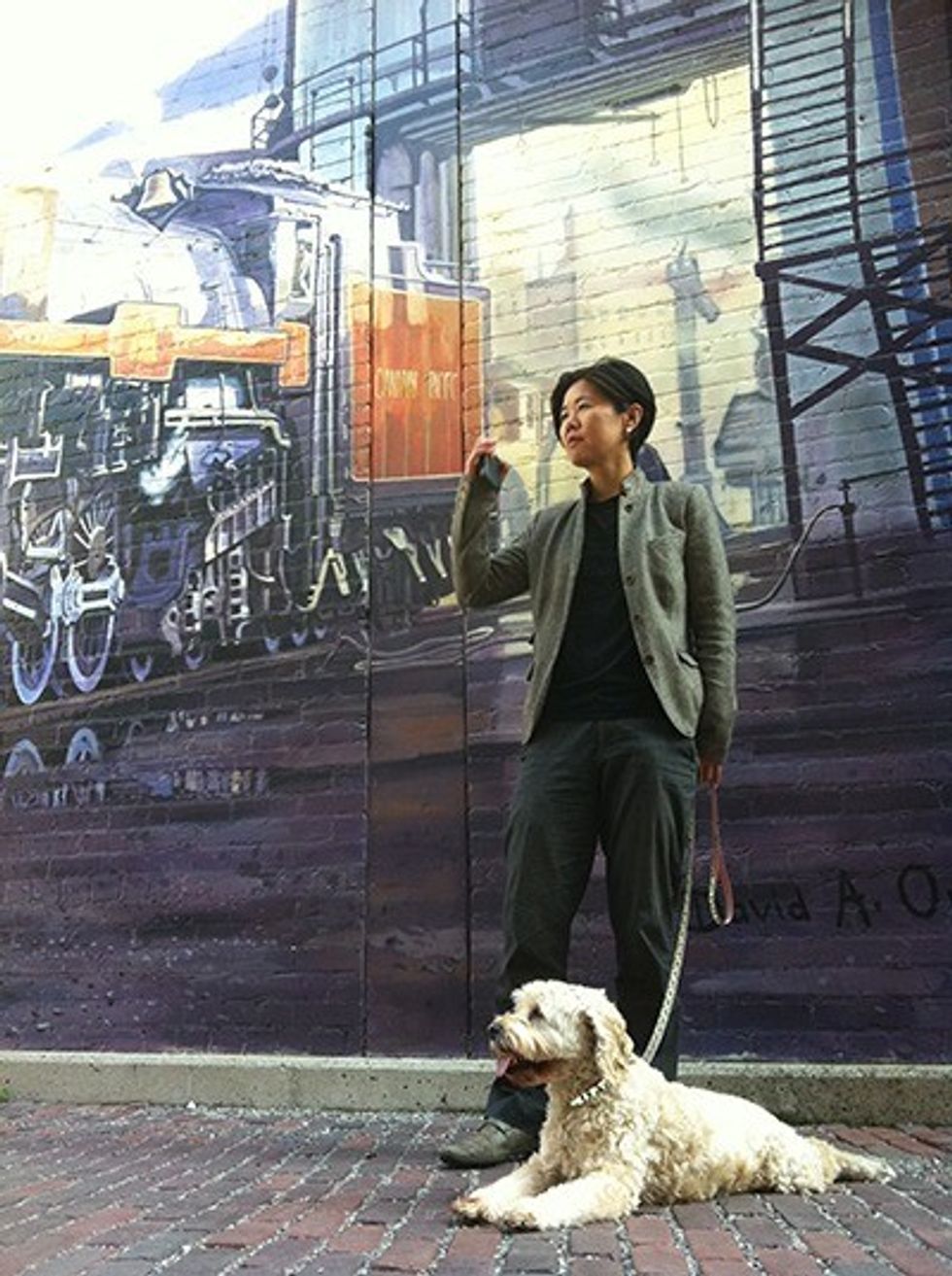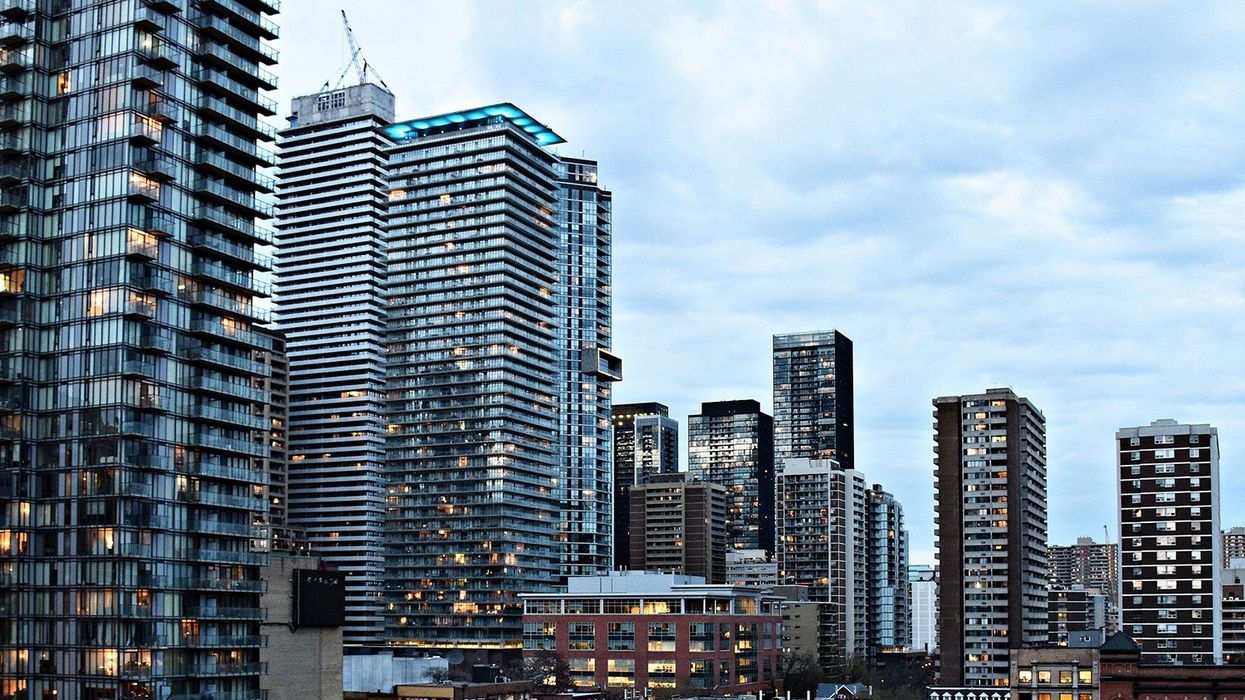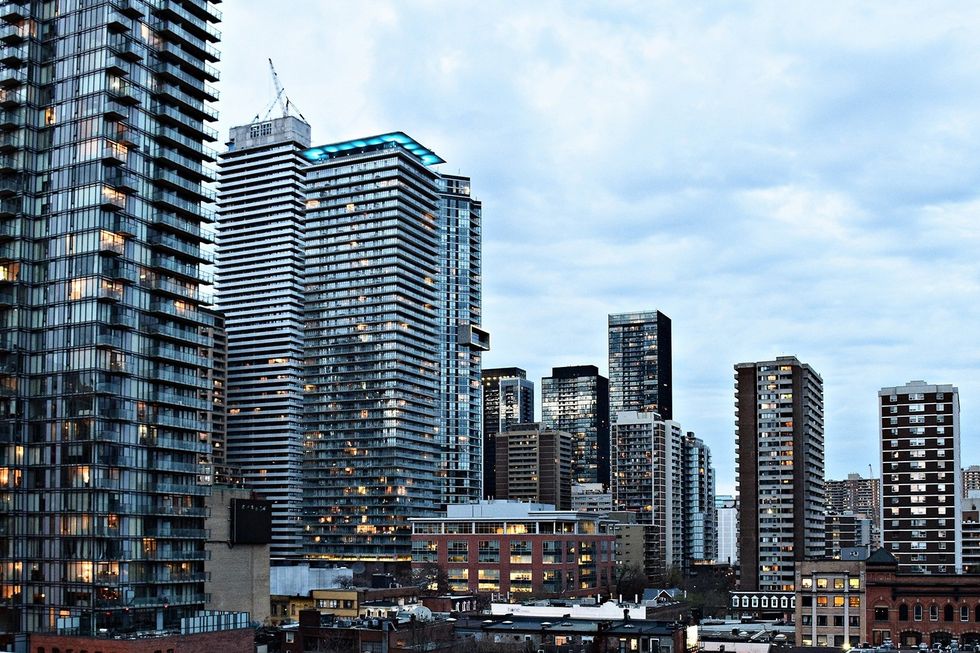Kristyn Wong-Tam had no illusions her call for a year-long moratorium on tall towers would be taken seriously. As the downtown councillor (Toronto Centre—Rosedale) said last week, it was a gesture, an attempt to kickstart a conversation about the need to bring runaway growth under control.

“Amenities and infrastructure for health-care facilities, daycare and long-term care spaces, parkland, schools, community services, hydro, water, sewers, public transit and transportation have not expanded to accommodate the intense growth in the downtown,” Wong-Tam wrote in a letter to Toronto and East York Community Council (TEYCC). “The adverse impacts of having blocks upon blocks of downtown Toronto turn into a massive, multi-year construction site is harming the health and well-being of residents; and creating a disruptive environment for business owners.”
No kidding.
Speaking after a TEYCC session Nov. 15, Wong-Tam made it clear there’s plenty of blame to go around—politicians, planners, developers—all bear some responsibility.
“I really wanted to escalate the dialogue and raise the volume about the lack of support for downtown development,” she told Toronto Storeys. “People need services, green space and infrastructure and we’re not building any of that. Planners are doing more work than ever. I’m trying to give planning staff breathing room; they’re struggling to keep up. There’s a record number of rezoning applications, some of them for towers 75 to 80 storeys tall. These are not straight-forward applications.”
At the same time, Mayor John Tory’s heavy-handed and counter-productive order that every city department cut its budget by 2.6 percent has left planning overwhelmed. It doesn’t help, either, that planning in Toronto has lost touch with reality. It can’t see the forest for the trees, or in this case, the city for the towers.
At the same TEYCC session, the director of community planning, Gregg Lintern, updated TOcore, a belated city-wide initiative aimed at filling the gaps left by out-of-control growth in downtown Toronto. Having made a mess of things, City Hall now wants to clean it up. Not that there’s urgency to the report; it won’t be completed until July 2017. This leisurely, even patronizing, attitude is evident throughout in the TOcore website. “You’ve probably noticed,” it begins, “downtown is growing up ...”
Little wonder so few are paying attention. “They’re trying,” Wong-Tam says of Toronto’s put-upon planners. “They’re being asked to be more pro-active; it’s difficult. The horses have already left the barn.”
In addition to the question of how to deal with the failure of planning, addressing the downtown deficit will be expensive. Tory’s decision to blow billions rebuilding the east end of the Gardiner Expressway and a Scarborough subway leaves little for anything else, let alone downtown. It might be the economic engine of the GTA, but it’s on its own.
Which makes planning more critical than ever.
Toronto developer Gary Switzer, chair of BILD's Toronto chapter (Building Industry and Land Development Association), who also made an appearance at the TEYCC, presented the usual self-serving arguments. Where, he wondered, are our development charges, park levies, fees and taxes going? Though Switzer’s performance was prompted by the moratorium, which, he admitted, “brings some level of concern,” he took advantage of its withdrawal to switch his focus to TOcore. It was disappointing, he noted, that Lintern’s presentation, which promised a bold new vision for Toronto, began with a discussion of regulations about distances between towers.
But then, perhaps that’s precisely the sort of issue that should preoccupy planners. Maybe the vision thing belongs with council. If so, Toronto is out of luck. For Tory and his allies, the answer to any question, no matter how big, can’t be too small.






















